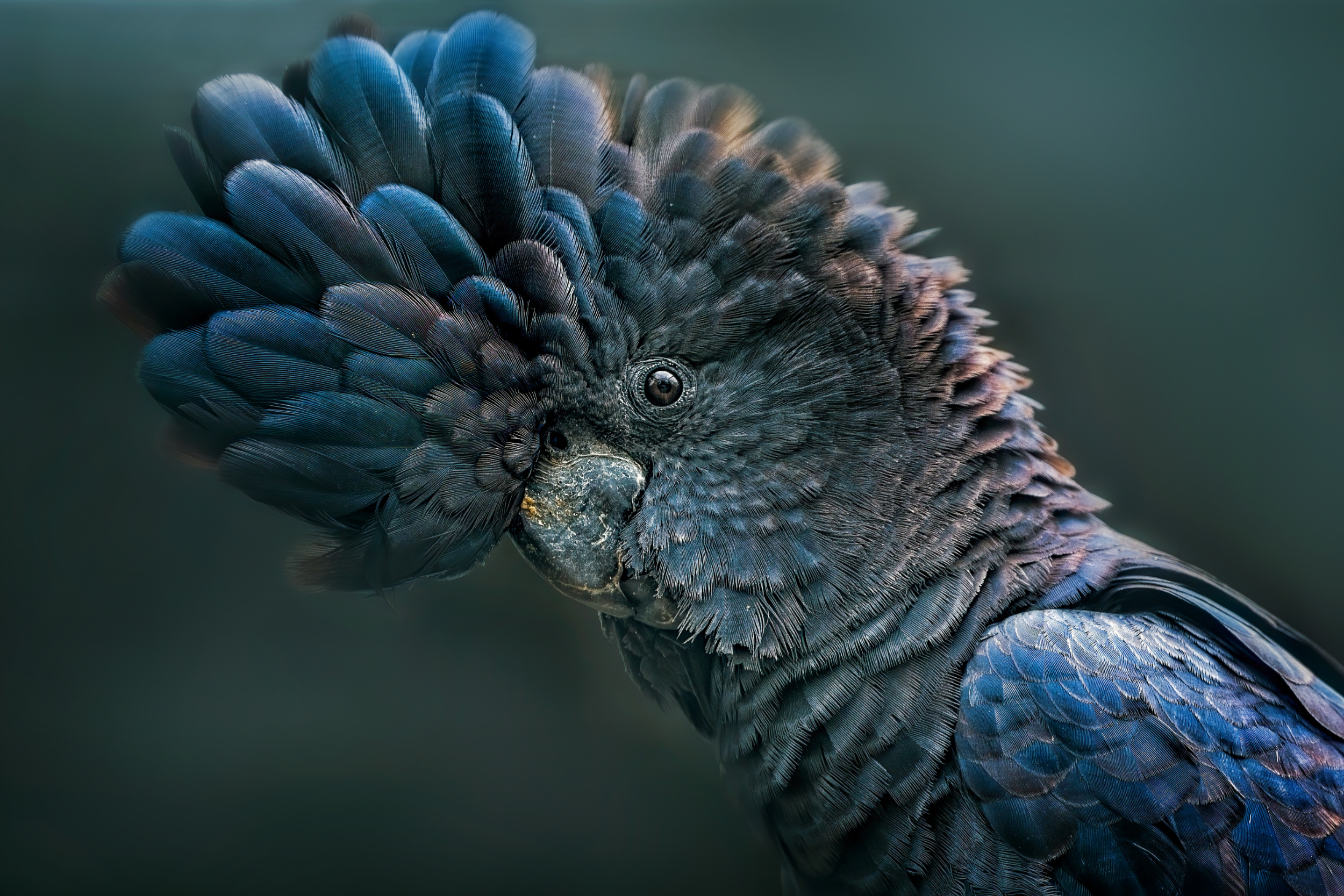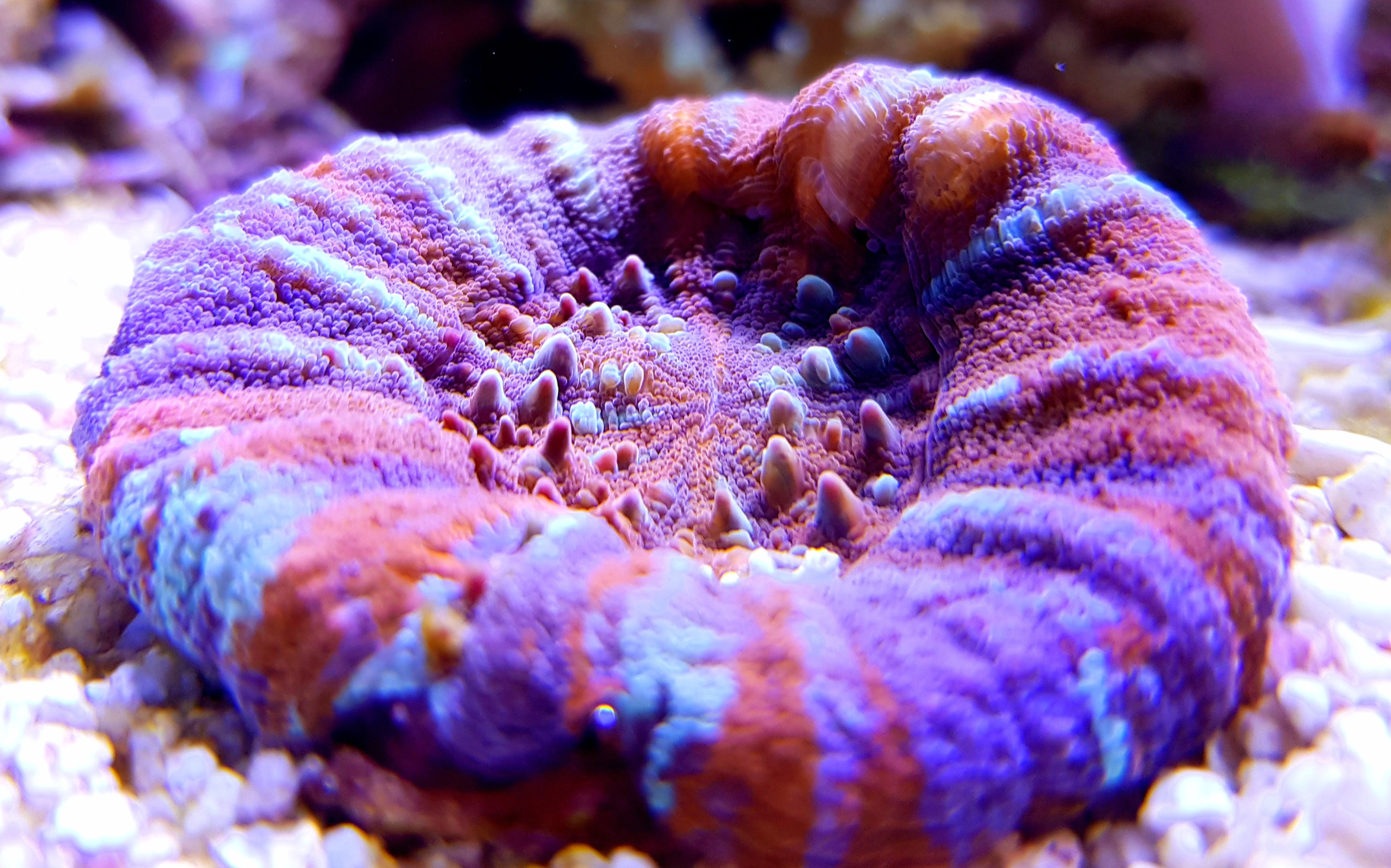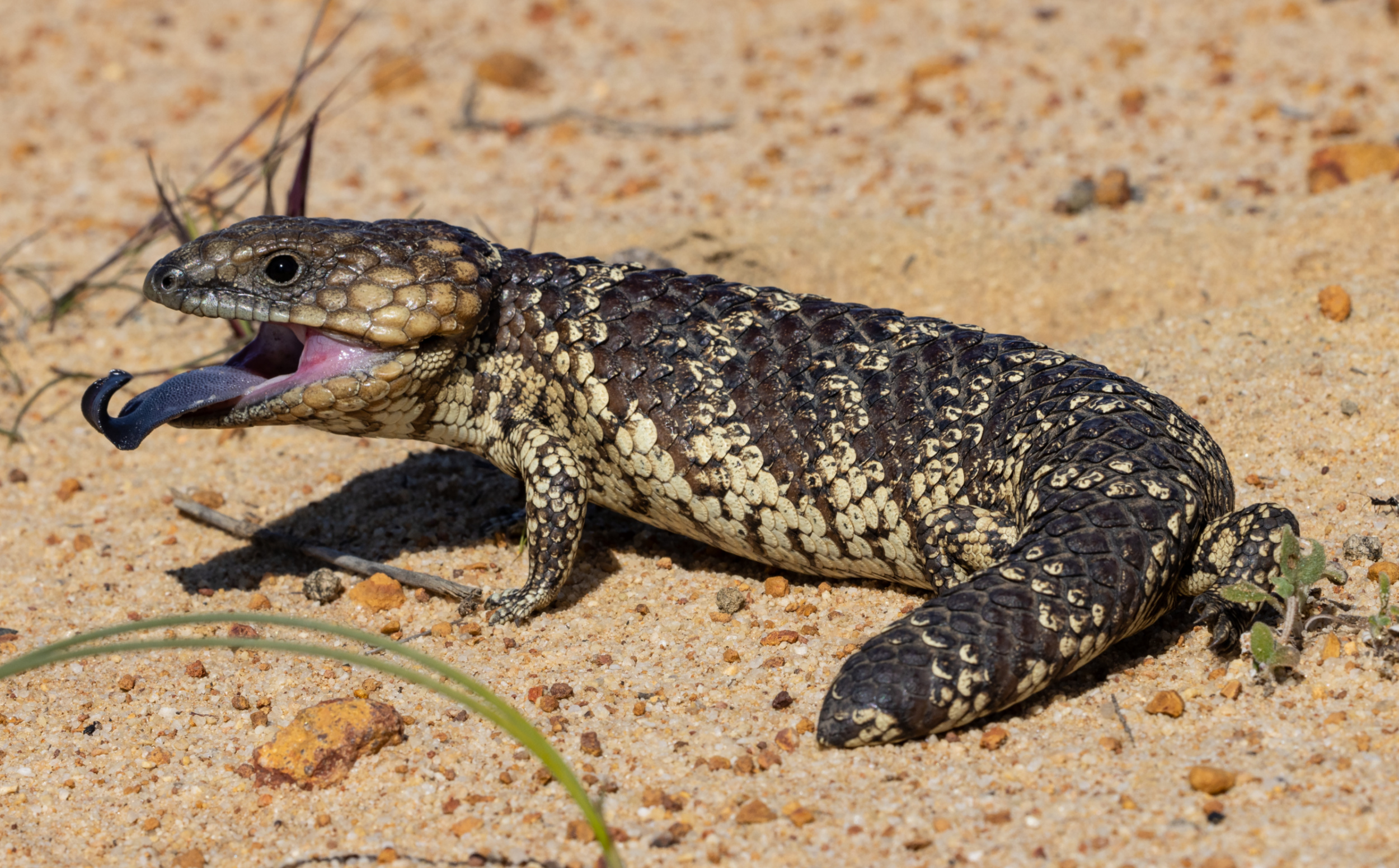
So how does Australia contribute to the global Exotic Pet Trade (EPT)? The scale of it is surprising, apparently rising and happens in legal and illegal ways. On top of this, it seems a level of naivety has in the past contributed to Australia’s involvement. As such I will look at this in three categories – Australia’s 1. LEGAL 2. LEGALISH and 3. ILLEGAL contributions to the EPT.
As discussed in my last blog, Petted To Death, many would assume that Australia’s commitment to CITES and our own comparatively strict environmental legislation through the Environmental Protection and Biodiversity Conservation Act (EPBC Act) would mean that any LEGAL contribution to a global EPT would be as good as non-existent. So how is it then that Australia legally contributes millions of dollars worth of trade to this?
In reality the scope of protection offered by CITES listing and our EPBC Act is finite. While the Act does limit the legal export of all native mammals, reptiles and birds it doesn’t stretch as far as into our oceans. (Interestingly even the export of budgies was banned in 1894 due to concerns over the numbers being exported and the welfare issues with regards their shipping, but by this time breeding stocks had been established in Europe). As such, legal export of Australian native living species does exist to supply the EPT.
One of the largest portions of the EPT is through the aquarium industry. A paper published in 2023 placed a value for the global Marine Aquarium Trade at US$2.15 Billion when measured at the point of retail. This they believed was derived from a trade of approx. 55 million organisms. Australia is one of the worlds recognised hot spots for coral and reef fish. The Australian governments Aquaplan quotes a 2015 value of AUD$350 million for Australia’s ornamental fish industry. Precise data though is difficult to source. Making it harder is that many species traded for the market are not CITES listed. Suffice to say Australia exports ornamental fish from freshwater sources and marine sources. My next report will delve deeper into this.
On a global basis the trade of marine species make up approx. 10-25% of the ornamental fish trade – with the Philippines and Indonesia the largest contributors. Traceability of CITES listed species is hard enough given the shambolic paper permitting system currently used by the bulk of CITES member states. It is even worse for non CITES listed species. Leading up to CITES CoP 19 in Panama, the UN Environment Programme World Conservation Monitoring Centre (UNEP-WCMC), produced a report looking at the International Trade in Non-CITES Listed Marine Ornamental Fish. Report data relevant to Australia was:
• Australia is home to 61% of the 1708 species of ornamental marine fish traded internationally, second only to Indonesia and just ahead of the Philippines when it comes to commonality of traded species.
• Australia traded 885 species of fish for the aquarium market
• The report found, “limited evidence of captive-bred specimens in international trade for most marine ornamental fish species.”
• Australia supplies 4.3% of the international trade in marine ornamental fish
Amazingly the true number of individual fish involved in the international trade for the EPT can be difficult to interpret as the units often quoted include the weight of water in which they are shipped making actual fish figures impossible to report!

So, we have some idea of the scale of Australia’s legal trade in non-CITES listed species for the aquarium industry. For CITES listed species I delved into the trade records. Once again the data is difficult to mine and difficult to compare as units used can vary for the same species from shipment to shipment. That is, one permit may be for units, one for individuals and another by weight.
Beyond ornamental fish, the other significant area Australia contributes to the global market in is the supply of coral for aquariums. I mined the CITES trade data for coral species and found that between 2011-2021 –
- Australia issued 19,182 CITES permits for the export of coral species
- For a total of >6.29 million specimens/items/units,
- Going to 55 countries (the top 5 being USA, Germany, Japan, France and Great Britain – accounting for 37% of permits),
- Nearly all is designated as wild sourced,
- One permit alone in 2018 for Scoly Coral (Scolymia australis) allowed the export of 45 620 units to France. Each unit had an expected retail value of US$100-500 meaning the total value of the shipment was approx. US$4.5-25million!

To make matters worse, the lack of end-to-end traceability leaves yawning discrepancies between export data for Australia and importing data reported for receiving countries.
While the supply of corals is almost exclusively from wild sources the trade in Sea Horses is almost exclusively via captive breeding. In the period 2013-2022 Australia exported more than 29,000 sea horses, almost completely captive bred. More than 26,000 are exported LIVE while the remainder are largely BODIES that may be exported dried for the TCM market. There are certainly mixed views on the conservation advantages of captive breeding for trade. In the future blogs I will look at recent research which raises concerns over the impact captive breeding for trade purposes has on the specie’s conservation.
So legally, despite Australia apparent hard line on trade of native species, the line is clearly blurred, particularly when it reaches the coast line and we venture into the ocean regions. Go a step sideways and this legal trade hard line is blurred when it comes to the export of native species for non-commercial purposes. This interpretation includes research, education, exhibition and conservation breeding/propagation. The guidelines in Australia’s EPBC Act (which is currently being updated) with regard non-commercial purposes are clearly established for appropriate reasons. However, there is scope for this legal transfer of native species to be abused and I refer to this as the LEGALISH trade in wildlife.

Probably the best known example of Australia’s legalish trade was the sale of 232 native birds between 2015-2018 to the Association for the Conservation of Threatened Parrots (ACTP), based in Germany, as exposed in The Guardian. The shipment included Baudin and Carnaby Black Cockatoos. Ostensibly these were exported for exhibition purposes only with restrictions on any subsequent sale including of offspring. The Guardian’s investigation raised questions about the ‘zoo’ and its operator Martin Guth, who had a history of multiple criminal convictions, including a five-year jail sentence for hostage-taking, extortion and attempted fraud in 1996. Then in 2009 Guth was sentenced to one year and eight months in prison for seven cases of fraud. In addition to these concerns the investigation also found private social media messages from a German breeder offering for sale glossy black cockatoos at €95,000 (A$150,000) a pair, with paperwork guaranteeing they had been imported legally. The messages carry the postcode of Schöneiche in Brandenburg, the same location as one of the ACTP facilities.
Glossy black cockatoos are found only in Australia. None had ever been legally exported under CITES regimes before those sent to ACTP. Since then, the only recorded legal export was of seven individuals which went to Cyprus in 2017. Clearly there is strong anecdotal evidence that Australia’s naïve export of these birds may have fed the illegal exotic pet trade. This led to a review of this trade by KPMG.
Concerningly, KPMG’s 2020 report, looking in to the export of these native birds, noted, “the Department’s (at the time of the report the Dept. of Agriculture, Water and the Environment – ed) usual practice does not contain adequate policies, procedures and guidelines to inform and document decisions” and highlighted that with regard to the EPBC Act, it is “difficult to interpret and apply the Act clearly and consistently”.
So having looked at Australia’s LEGAL and LEGALISH contributions to the EPT, that leaves us with the ILLEGAL component. Do I mean poaching in Australia? I certainly do, who would have thought! Surely that is something that only happens in Africa for rhinos or elephants!
Well, as is the case in other parts of the world, if the risk is low enough and the reward high then poaching will happen.
Australia is not immune to these (black) market forces. This was recognised in a 2020 report by AUSTRAC, Australia’s financial intelligence unit and anti-money laundering and counter-terrorism financing regulator. The report stated, “Intelligence collected from wildlife trafficking operations show the international black-market prices for Australian reptiles can be more than 28 times the domestic price.” With regard what is most commonly illegally shipped from Australia it noted, “Australian native reptiles are overwhelmingly the most commonly trafficked Australian native live animal.”, which they acknowledged are more readily posted through regular mail services.
Australia is home to many unique reptiles which are highly attractive to the international EPT. While our MSM news sites are providing a growing number of stories about this illegal trade, what must be acknowledged is the likely tiny number of interception of illegal shipments. Most recently was the news of an attempted shipment of reptiles from Sydney valued in the region of $1.2 million! (We will be following the progress of this case)
This trade was further investigated in a 2021 Australian paper in the Animal Conservation Journal. It looked at the Australian seizure data and international online trade data pertaining to shinglebacks. It found all four subspecies in trade and concluded that, “Despite stringent domestic regulation and enforcement of legislation, an endemic Australian reptile is being poached from the wild, illegally exported out of Australia and sold on international markets across Asia, Europe and North America.”

So, like it or not, Australia is a contributor to the global EPT and it is reasonable to assume that demand is likely to grow. Our LEGAL, LEGALISH and ILLEGAL contribution though, I believe, to a large degree has the potential to be within our control if we so choose. I will look at the steps that we can take to improve our management of this legal trade and make our unwitting contribution to the illegal trade more difficult in later articles.
In the next article I will delve a little deeper into the supply issue and how it relates to what we hold near and dear as Australians!
